Climate change has been a hot topic in recent years, with its far-reaching consequences affecting all aspects of life. One of the many negative impacts of climate change is the increased conflict between humans and wildlife. As global temperatures rise and weather patterns become more unpredictable, animals are forced to venture further into human settlements in search of food and water, resulting in a surge in human-wildlife conflicts. In this article, we will delve into the various factors contributing to this issue and explore potential solutions to mitigate the impact of climate change on human-wildlife conflict.
Table of Contents
ToggleUnderstanding the Impact of Climate Change on Wildlife
Climate change is one of the biggest threats to wildlife around the world. As the planet’s temperature rises, habitats are becoming increasingly inhospitable for many species. Animals are struggling to adapt to the changing climate, and as a result, they are being forced to change their behavior in search of food and water.
The Impact of Human Activity on Wildlife
Human activities such as deforestation, urbanization, and poaching have also played a significant role in the conflict between humans and wildlife. These activities have led to the destruction of natural habitats, which forces animals to venture into human settlements in search of food and shelter.
The Role of Climate Change in Increasing Human-Wildlife Conflict
As climate change intensifies, wildlife is forced to migrate to more suitable habitats. This migration often brings animals into contact with human settlements, which leads to conflict. Animals that are unable to find food and water in their natural habitats are more likely to raid farms and attack livestock, leading to increased tension between humans and wildlife.
Mitigating the Impact of Climate Change on Human-Wildlife Conflict
Several strategies can be employed to mitigate the impact of climate change on human-wildlife conflict. One of the most effective approaches is to improve the resilience of wildlife to climate change. This can be achieved by conserving natural habitats and creating wildlife corridors that connect fragmented habitats, allowing animals to move freely without coming into contact with human settlements.
Another effective strategy is to implement measures that reduce the likelihood of conflict between humans and wildlife. This can include the use of deterrents such as noise makers, lights, and scent deterrents, as well as the construction of physical barriers such as fences and trenches. Educating local communities about the importance of conservation and the need to coexist with wildlife is also crucial in reducing human-wildlife conflict.
Conclusion
Human-wildlife conflict is a complex issue that requires a multifaceted approach to address. Climate change is exacerbating this issue, and as such, we must take action to mitigate its impact. By improving the resilience of wildlife, implementing measures to reduce conflict, and educating local communities, we can create a sustainable future where humans and wildlife can coexist harmoniously.

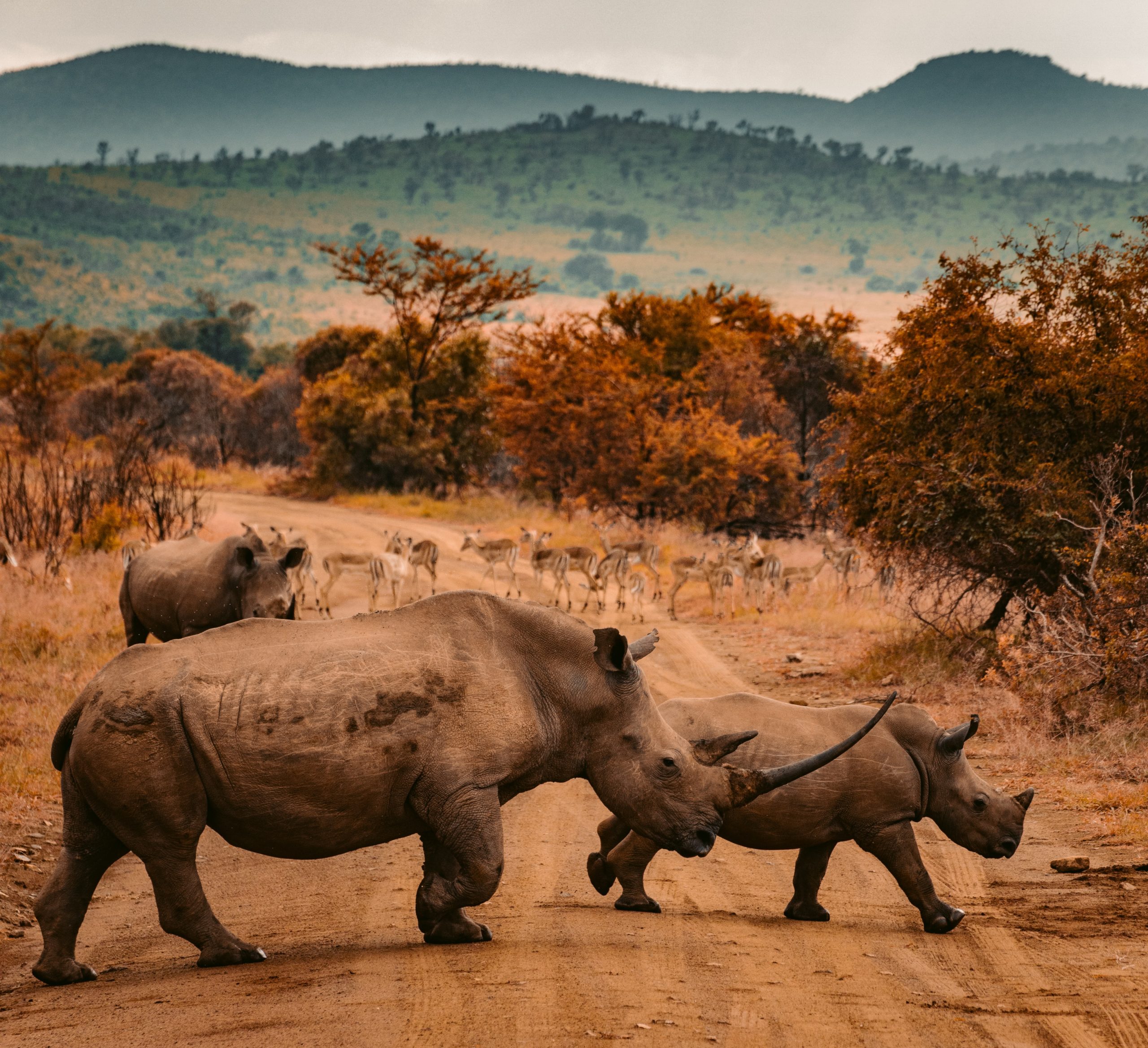
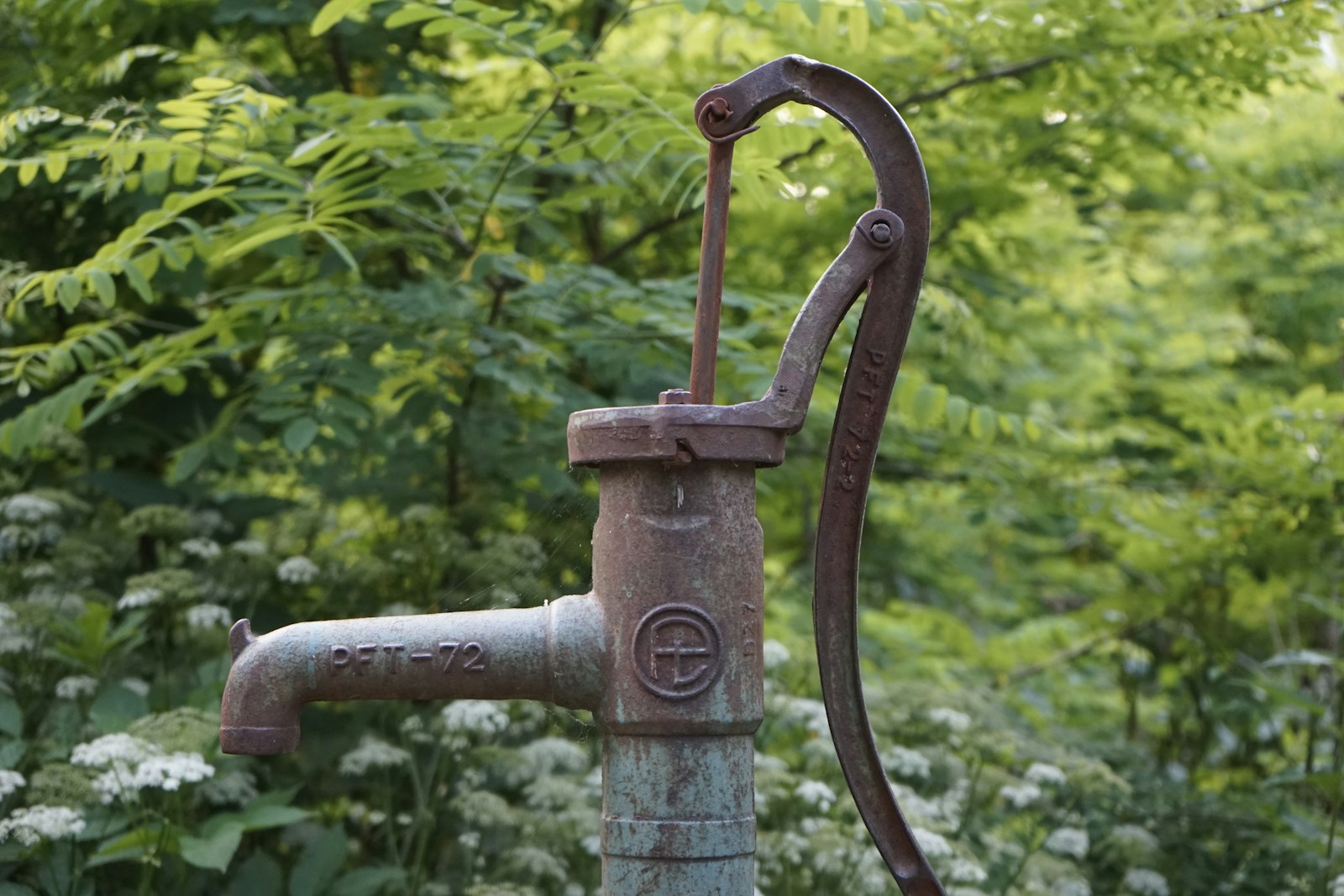


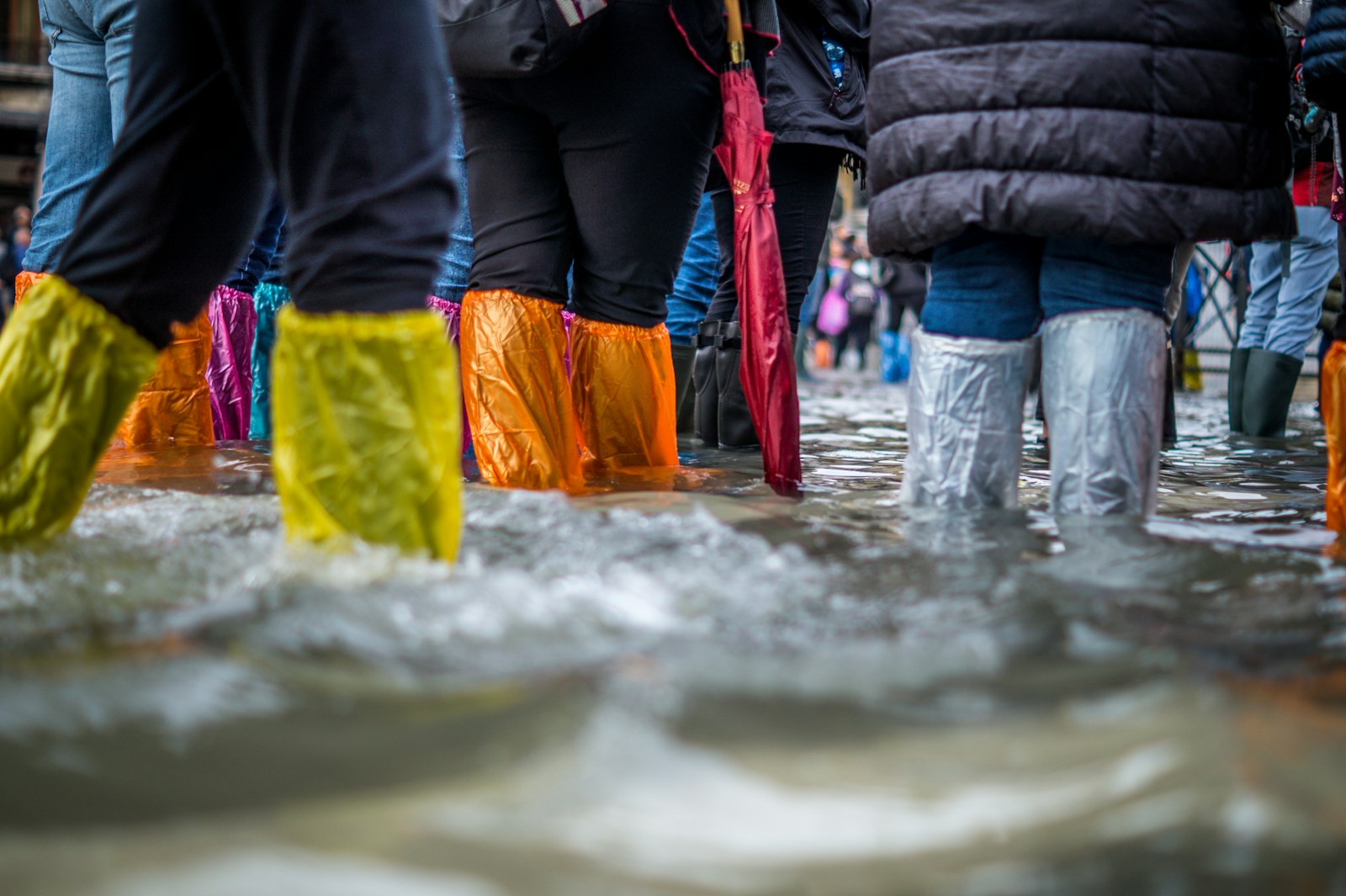
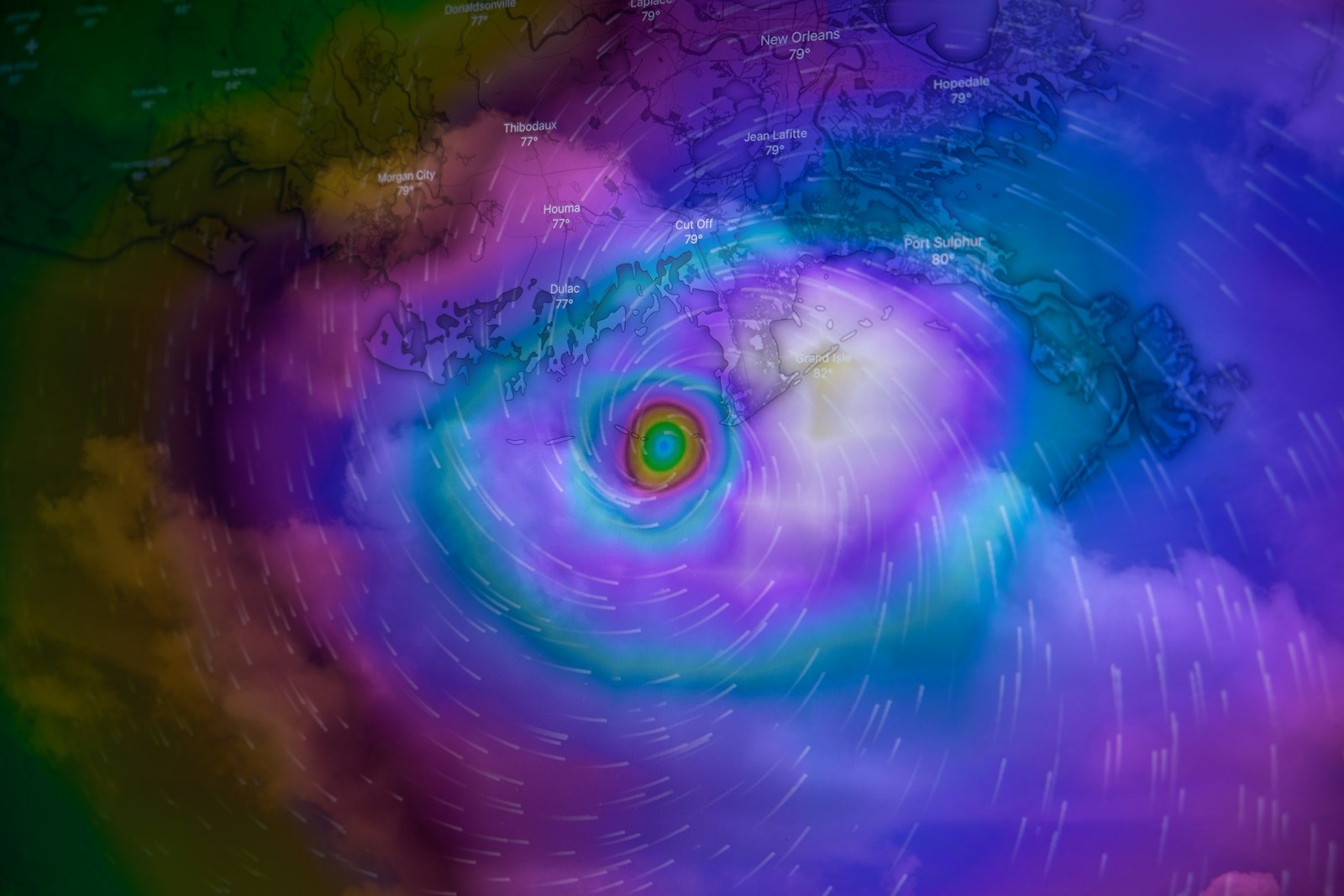
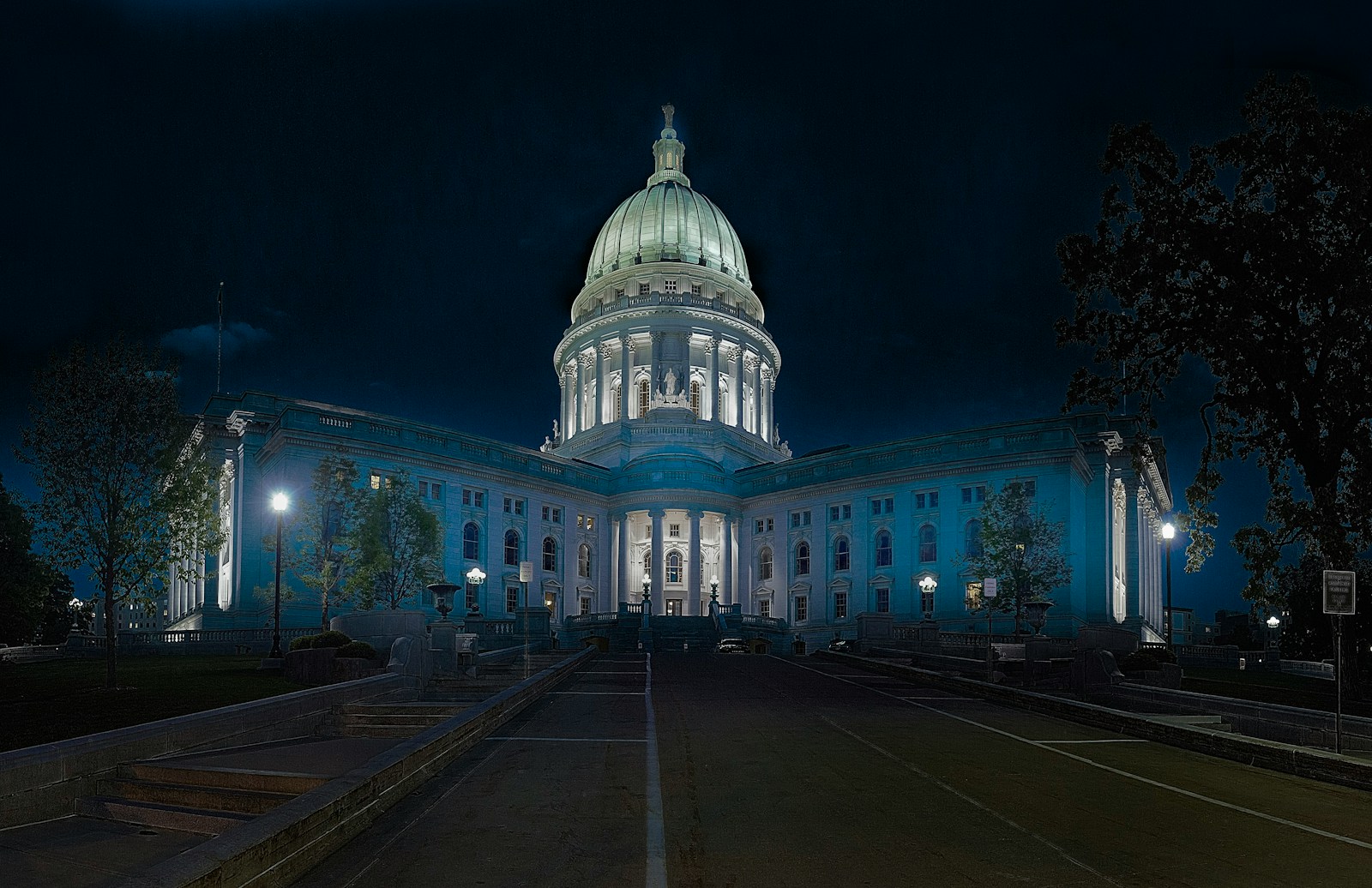
2 thoughts on “Mitigating the Impact of Climate Change on Human-Wildlife Conflict”
Pingback: The Impact of Climate Change on Early Spring: What You Need to Know - Sustainability Awakening
Pingback: Solar Eclipse in Australia: Environmental Impacts and More